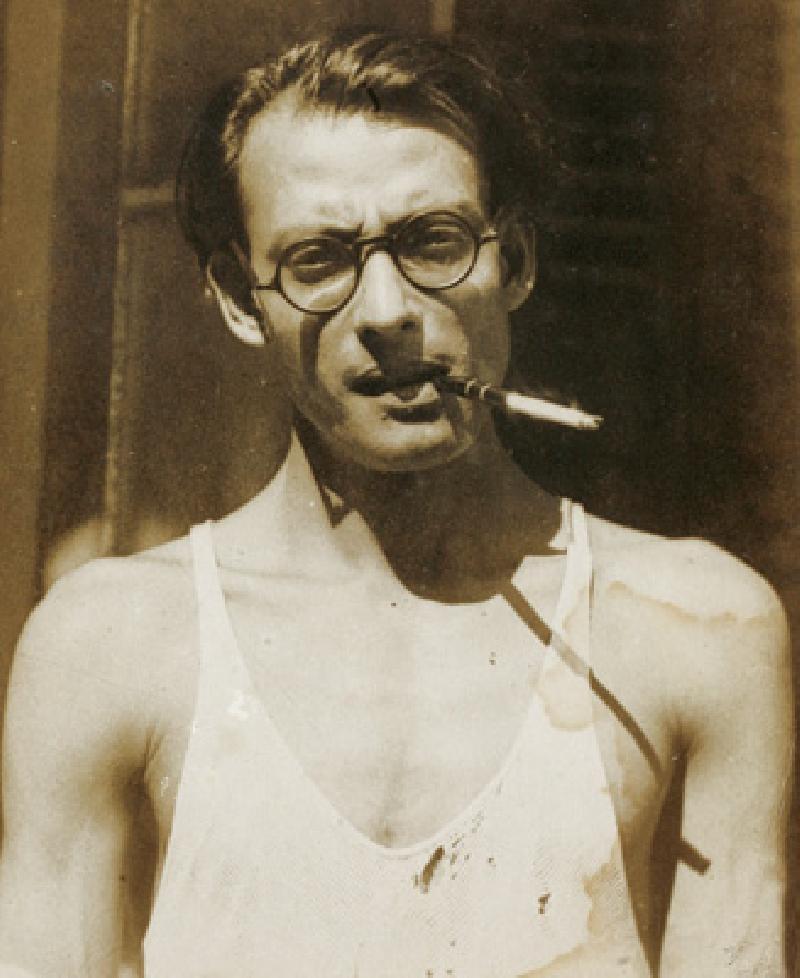
Chittaprosad's Bhattacharya's works reflect his reformist concerns. They are a depiction of the images that were his preoccupation --- poor peasants and laborers. His hard-hitting caricatures and sketches of the poor dying in the Bengal famine (1943) worked like modern-day reportage and shook the middle class and the British officials out of their apathy.
His reformist concerns showed in his life too, when he refused to use his Brahminical surname 'Bhattacharyya'. Today, collectors and lovers of art treasure Chittaprosad's woodcuts, linocuts, and posters immensely.
Yet, this artist was once refused admission to the Government School of Art, Kolkata, and the Kala Bhawan, Santiniketan. A self-taught artist, he experimented constantly with the art of picture-making. A master of many forms, he quickly adapted to the needs of the times and switched to simpler lines and fewer exaggerations of forms.
A contemporary of Zainul Abedin (1917-1976, Bangladesh) and Govardhan Ash, who were known for their brutally honest depiction of human suffering, Chittoprasad was a Communist Party of India activist. Amongst his noted works are the posters and paintings of the Naval Mutiny in Bombay (1946). He even joined the World Peace Movement.
Bhattacharya first exhibited in Prague's National Gallery and was heralded bet the international artist community as a master. Confession, a documentary on his life by Pavel Hobl (Czech) won a special prize from the World Peace Council.
Bhattacharya passed away in 1978.

